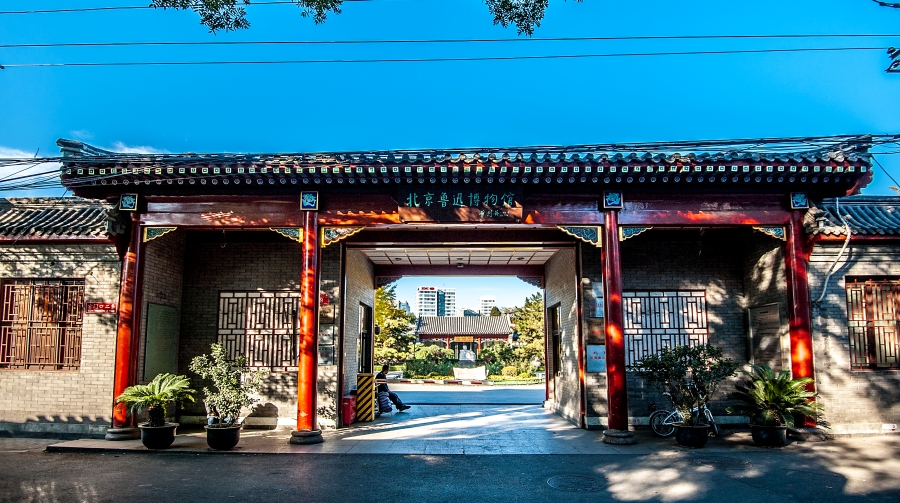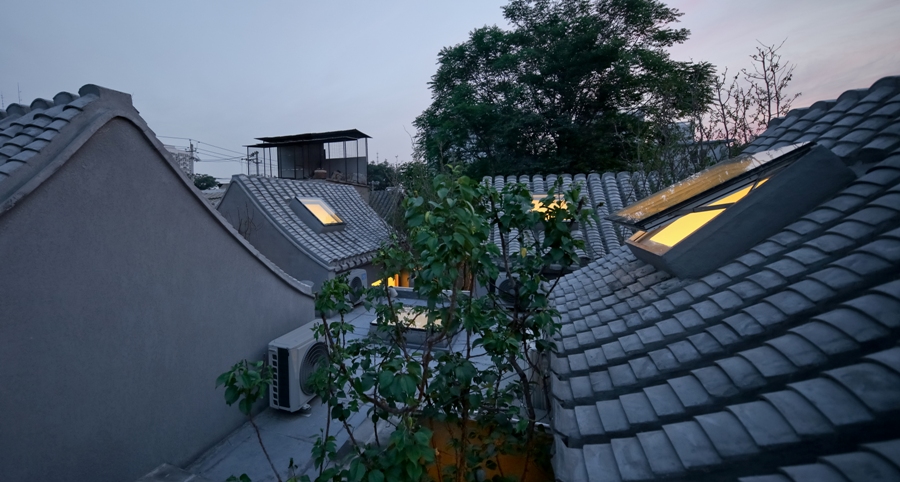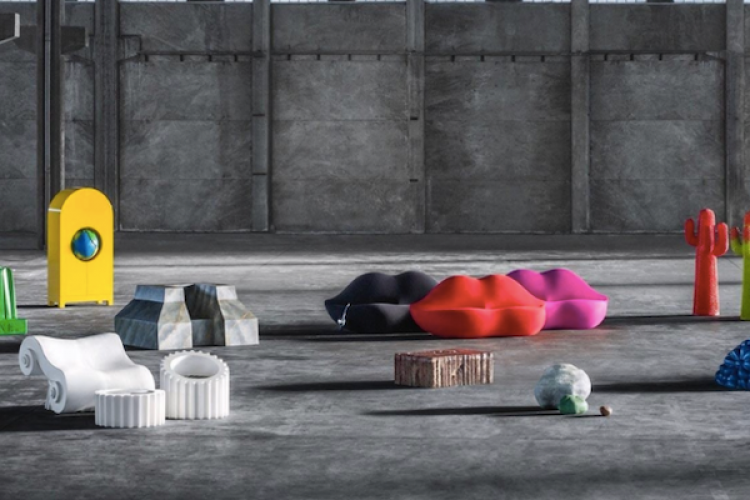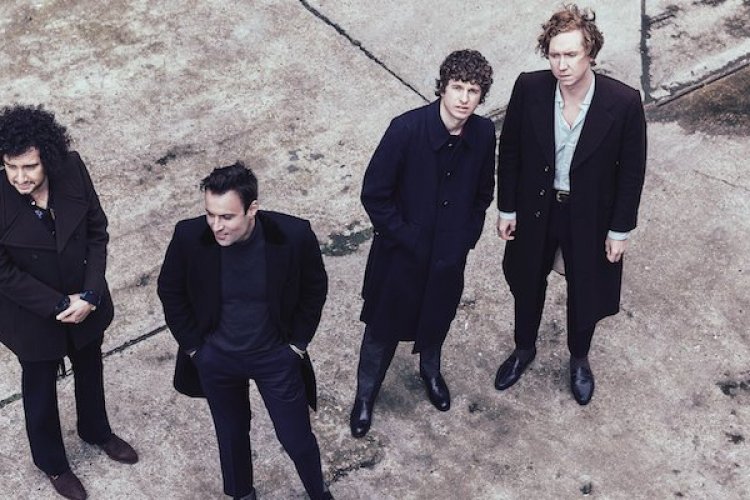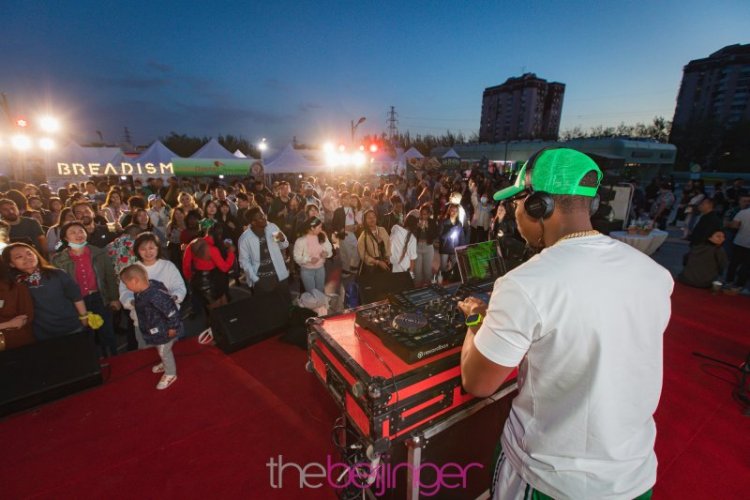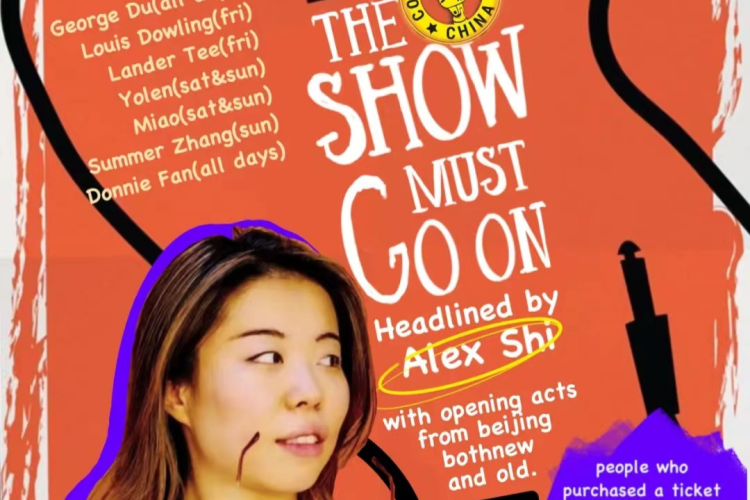Beijing Design Week 2015: Creative Director Beatrice Leanza Gives us the Lowdown on this Year's New Core Area, Baitasi
Beijing’s premier international celebration of design, Beijing Design Week (BJDW), returns for its sixth year from September 23 to October 7. With so much going on during these 14 days, we decided to catch up with BJDW’s Creative Director Beatrice Leanza to get her take on how the festival has developed since its inception and the designers and architects they are working with for this year’s new core area, Baitasi, in the hutongs west of Xisi.
What inspired you to first get involved with BJDW?
I have been in Beijing for over a decade, first as a contemporary art curator at Caochangdi’s Ai Weiwei-initiated China Art Archives and Warehouse, and later as an independent curator via my own studio BAO Atelier. Being a communicator and producer of content, supporting inspiring new visions, I found BJDW, with its wide outreach and possibility for true ‘inner-vation’ and active participation in the city, and its social ecosystem to be a thrilling opportunity to build something unique for and with Beijing. When they asked if I wanted to get involved, I immediately said “YES”!
How has BJDW evolved over the past six years?
We have gradually become a reference for various stakeholders, something that allows us to work more productively and on a longer term basis with many of them. This enables us to develop programs that have a stronger connection with the city and its inhabitants. Our attempt at supporting and enforcing locally based (Chinese and international) visions of meaning and value is what makes BJDW a project of the city rather than a copy-cat of similar global events.
How do you think views of Chinese design and creativity are changing abroad?
There is still quite a gap in terms of understanding of how the local scene is changing and behaving compared to the wider global scenario. This is often due to the limited insight professionals have in to the Chinese context as well a certain level of scepticism as often found in commentaries around China and ‘authenticity’. I can see how audiences and media from abroad keep on ‘wanting more’ once they have visited BJDW and have had a chance to truly explore the dynamism of this creative world.
Tell us a little bit about BJDW’s new core area, Baitasi. Do you see it becoming “the new Dazhalan”?
Baitasi (White Pagoda Temple) is a cultural and historical preservation zone located just near Financial Street on the west second ring. A traditional hutong area covering 37 hectares, Baitasi is a peaceful enclave among newly developed business areas. It’s also home to some of the city’s most ancient attractions: the Miaoying Temple built during the Yuan Dynasty, the Archive of Buddhist Texts, and the Beijing Lu Xun Museum (built around the novelist’s former residence).
As a new BJDW 2015 Design Hop core area, this old neighborhood will provide a speculative backdrop for a series of design-led research projects rediscovering the cultural richness of the area – its unique urban fabric and history.
Unlike Dazhalan, which is more of a commercial zone, Baitasi is mostly residential, so its regeneration will take a different direction. But like Dazhalan, this development will be underscored by a spirit of collaboration, innovation, and social engagement.
Which designers and architects are you working with in the Baitasi area?
Renowned architects Zhang Ke of standardarchitecture, Hua Li of TAO Office, and Gong Dong of Vectore Architects, are each working with the trope of ‘the courtyard as future living hub.’
We’re also working on a Slo-Mo Food and Craft Market designed by BaO Architects and a series of virtual projects built around the ‘City as Museum’ app developed by integrated experience designers, Moujiti Studio.
BEA'S BEIJING
Who are your favorite local Beijing designers?
This is a difficult question! I love all of the great creatives we work with, a lot of architecture studios of course, from more established and international offices like standardarchitecture, URBANUS, Trace Architecture Office, Wang Yun, Vector Architects, just to name a few, to younger and emerging studios like People Architecture Office, reMIX Studio, Sans Practice, StudioRamoprimo and BaO Architects.
I love also what the very young Benwu Studio is developing in products and bespoke designs, Henny Van Nystelrooy and Eva Delaat(as long time Beijingers) and of course great fashion designers like Masha Ma and Xander Zhou. But there are far too many to mention!
Where do you shop in Beijing?
I have to say I limit my shopping to certain type of garments in China, but I love to look for local brands and designs when I can and have time – I go to some select shops like Loop, Triple Major, occasionally browse through JNBY as I am a friend of Li Lin, of course I always peep in Spin for great contemporary ceramics. I also love markets and local fairs and smaller no name shops in the alleys. But I also travel a lot, and, I am from Milano so I shop all over the place!
Which restaurants and bars keep you going back again and again?
I live in the Lido area so I often pop in for an aperitivo at Xian Bar at East Hotel whenever I am not in the mood for facing Beijing traffic. I love Okra for Japanese, ilMercante for a spin into Italian homemade cooking, Transit for my spicy sessions, and a number of local small restaurants I end up in when visiting friends in and around hutong areas, like Nice Rice.
In terms of bars, I’m more of a wine person, which makes it not-so-cheap to entertain if you want real good wine in Beijing, so I often have it in restaurantsI love like Fiume, but also hang out at Mesh (I crave the outdoors!).
What is your favorite part of town to spend time in and why?
I love Jinshang Park! It remains my absolute favourite and I have to admit with BJDW I have come to discover and appreciate new areas over the years like Dashilar itself, and this year Baitasi, which was quite unknown to me before. I still like to wonder around hutongs that are not so crowded or taken over by commercial imperatives of the bad kind. I remember Nanluo was a VERY different place years ago. I am increasingly splitting my time between Beijing and travelling abroad. It just makes me appreciate it all even more!
Photos courtesy of Beijing Design Week


